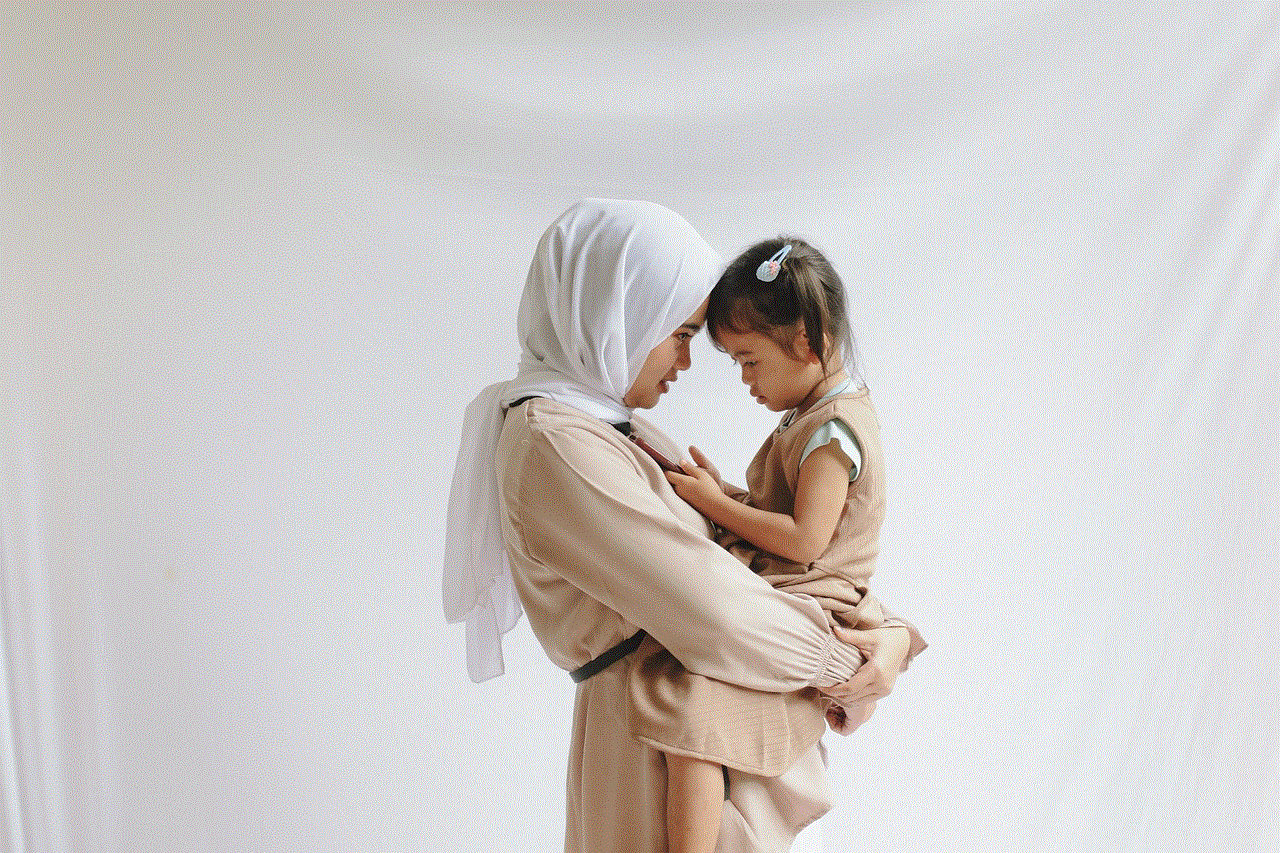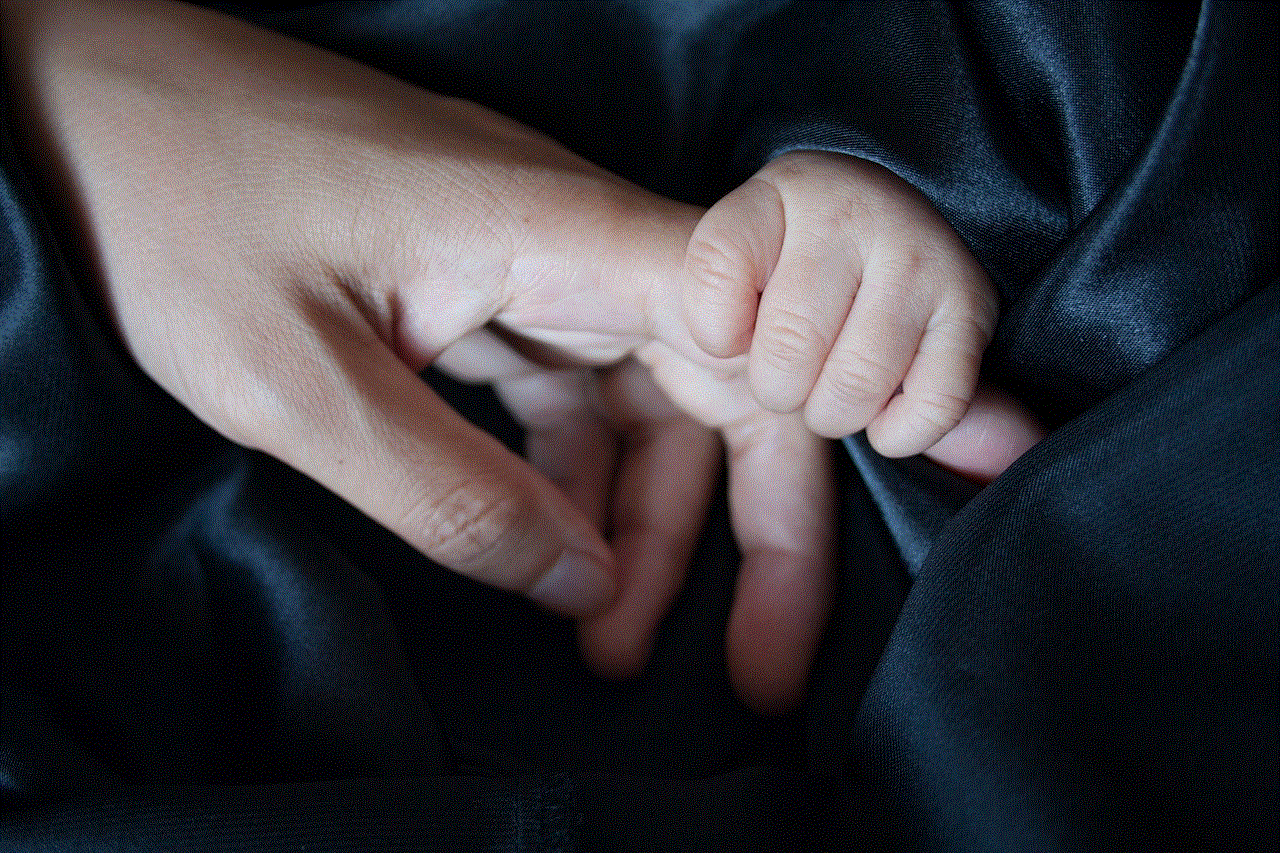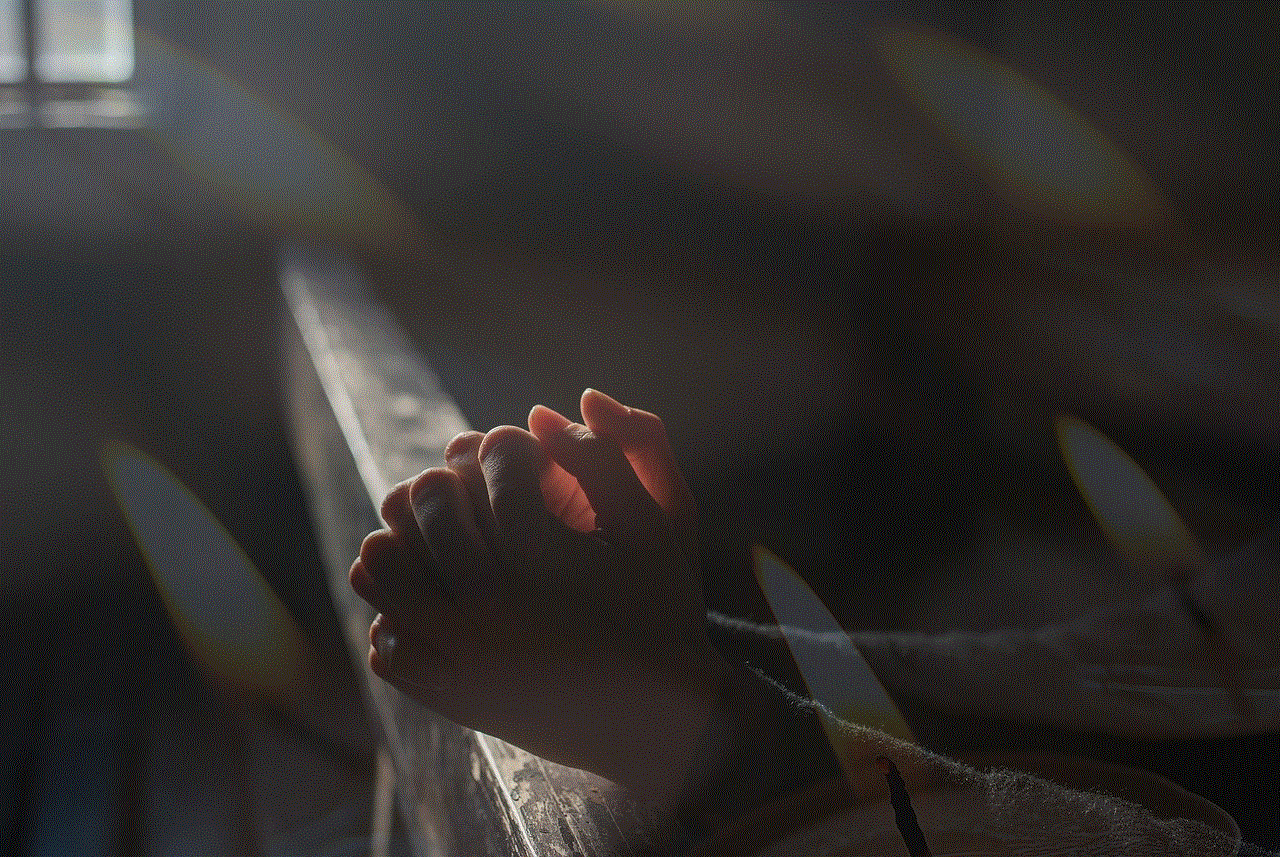is messenger password same as facebook
Is Messenger Password the Same as facebook -parental-controls-guide”>Facebook ?
In today’s digital age, where social media platforms have become an integral part of our lives, it is crucial to ensure the security and privacy of our online accounts. Facebook and its Messenger app are among the most popular platforms used by billions of people worldwide. However, confusion often arises when it comes to understanding the relationship between the passwords used for Facebook and its Messenger app. This article aims to clarify whether the Messenger password is the same as the Facebook password, as well as provide tips on how to protect your accounts and enhance your online security.
To address the question directly, the Messenger password and the Facebook password are not the same. Facebook and Messenger are two separate applications, and each has its own login credentials. When signing up for a new Facebook account, users create a unique email or phone number and password combination. This password is used to log in to the Facebook website and access various Facebook services, including Messenger.
However, when it comes to Messenger, users have the option to create a separate Messenger password called a “Facebook Messenger Code.” This code is different from the Facebook password and is used specifically for accessing the Messenger app. It is worth noting that this feature is optional, and users can choose to log in to Messenger with their Facebook credentials without setting up a separate Messenger password.
The main advantage of having a separate Messenger password is that it adds an extra layer of security to your Messenger conversations. If someone gains unauthorized access to your Facebook account, they will not automatically have access to your Messenger chats. This can be especially beneficial if you use Messenger for more private or sensitive conversations. However, it is important to remember and manage multiple passwords securely to avoid confusion or potential security breaches.
To set up a separate Messenger password, follow these steps:
1. Open the Messenger app on your smartphone or tablet.
2. Tap on your profile picture in the top left corner to access your settings.
3. Scroll down and tap on “Privacy & Terms.”
4. Under the “Security” section, tap on “Messenger Code.”
5. Follow the on-screen instructions to set up a unique Messenger password.
It is crucial to choose a strong, unique password for both your Facebook and Messenger accounts. A strong password typically includes a combination of uppercase and lowercase letters, numbers, and special characters. Avoid using easily guessable information such as your name, birthdate, or common words. Additionally, it is recommended to use a different password for each online account you have to minimize the potential impact of a security breach.
In addition to setting up a strong password, there are several other measures you can take to enhance the security of your Facebook and Messenger accounts:
1. Enable two-factor authentication (2FA): Two-factor authentication adds an extra layer of security by requiring a second form of verification, such as a unique code sent to your mobile device, in addition to your password.
2. Regularly update your passwords: It is good practice to update your passwords periodically, ideally every three to six months. This minimizes the risk of your accounts being compromised.
3. Be cautious with third-party apps and links: Avoid clicking on suspicious links or granting excessive permissions to third-party apps that request access to your Facebook or Messenger accounts. These apps may compromise your privacy and security.
4. Monitor your account activity: Regularly review your account activity and notifications for any suspicious or unauthorized access attempts. If you notice any suspicious activity, change your password immediately and report it to Facebook.
5. Keep your devices secure: Ensure that your smartphones, tablets, and computers have the latest security updates installed. Use strong, unique passwords for your device lock screens and enable biometric authentication if available.
6. Educate yourself about phishing and scams: Be aware of common phishing techniques and scams used to trick users into revealing their login credentials. Avoid providing your password or sensitive information in response to unsolicited requests.
By following these security measures, you can significantly reduce the risk of your Facebook and Messenger accounts being compromised. Remember that online security is an ongoing process, and it is essential to stay vigilant and adapt to the evolving threats in the digital landscape.
In conclusion, the Messenger password is not the same as the Facebook password. While Facebook and Messenger are interrelated, they are separate applications with distinct login credentials. Users have the option to set up a separate Messenger password, which can enhance the security of their Messenger conversations. However, it is crucial to choose strong and unique passwords for both accounts and take additional security measures to protect your online presence. By prioritizing online security, you can enjoy a safer and more private social media experience.
naked seventh graders
The topic of naked seventh graders is a controversial and sensitive issue that has been making headlines in recent years. With the rise of social media and the constant sharing of images, there have been numerous reports of young adolescents engaging in risky behavior, including taking and sharing nude photos of themselves. This has raised concerns about the sexualization and exploitation of minors, as well as the potential long-term consequences for these individuals. In this article, we will explore the phenomenon of naked seventh graders, its causes, and its effects on society.
The term “naked seventh graders” refers to students in the seventh grade, typically aged 12 to 13, who have been found to be taking and sharing nude or sexually explicit photos of themselves. While this behavior is not limited to seventh graders, this age group has been the focus of much media attention due to the fact that they are at a critical stage of development, both physically and emotionally. At this age, children are beginning to explore their sexuality and are highly influenced by their peers and societal norms.
One of the main factors contributing to the rise of naked seventh graders is the accessibility of technology. With the widespread use of smartphones and social media platforms, it has become easier than ever for young adolescents to take and share photos. In addition, many children are not fully aware of the consequences of their actions, as they are often more concerned with fitting in and gaining social status among their peers.
Another key factor is the societal pressure for young girls to be sexually desirable and for boys to be sexually active. This pressure is reinforced by media and popular culture, which often objectifies and hypersexualizes young people. As a result, many seventh graders may feel pressured to engage in risky behavior in order to fit in and gain acceptance from their peers.
The consequences of the behavior of naked seventh graders can be severe and long-lasting. For one, there is the potential for legal repercussions, as taking and sharing nude photos of minors is considered child pornography and can result in criminal charges. This not only has the potential to ruin the lives of the individuals involved but also their families and communities.
In addition, there is the psychological impact on the children involved. Adolescence is a critical time for the development of self-esteem and body image, and the objectification and sexualization of young people can have serious consequences on their mental health. Studies have shown that exposure to sexualized media and the pressure to conform to societal expectations of beauty can lead to body dissatisfaction, low self-esteem, and even eating disorders.



Furthermore, the long-term effects of the behavior of naked seventh graders can also include damaged relationships and difficulty in forming healthy sexual and romantic relationships in the future. The sharing of intimate photos can also lead to bullying, cyberbullying, and social isolation for the individuals involved.
So, what can be done to address the issue of naked seventh graders? Firstly, it is important for parents and caregivers to have open and honest conversations with their children about the risks and consequences of taking and sharing nude photos. This includes discussing the legal implications, the potential harm to their mental health, and the impact on their relationships.
Schools also have a role to play in educating young people about the dangers of engaging in such behavior. This can be done through comprehensive sex education programs that not only teach about reproductive health but also address issues of consent, healthy relationships, and the responsible use of technology.
Furthermore, it is essential for society as a whole to address the underlying issues that contribute to the sexualization of young people. This includes challenging harmful gender stereotypes and promoting positive body image and self-esteem among young people. Media and popular culture also have a responsibility to portray young people in a more respectful and realistic manner, rather than objectifying and sexualizing them.
In conclusion, the phenomenon of naked seventh graders is a complex issue that requires a multifaceted approach to address it effectively. It is crucial for parents, schools, and society as a whole to take responsibility and work towards creating a safer and healthier environment for young people to grow and develop. By promoting positive body image, challenging harmful societal norms, and educating young people about the risks and consequences of their actions, we can help prevent the sexualization and exploitation of minors and protect the well-being of our future generations.
top scariest creepypasta
Creepypastas have become a staple in the online horror community, with countless stories and legends circulating on the internet. From tales of haunted houses to sinister creatures, these stories have captivated readers with their eerie and unsettling nature. However, among the countless creepypastas out there, there are some that stand out as the scariest of them all. In this article, we will delve into the top scariest creepypastas that will send shivers down your spine.
1. “The Russian Sleep Experiment”
This infamous creepypasta tells the story of a group of Russian scientists who conducted an experiment in the 1940s to test the effects of sleep deprivation on humans. The experiment involved keeping five test subjects awake for 30 days straight, with the use of an experimental gas. As the days went by, the subjects began to exhibit disturbing behaviors and eventually descended into complete madness. The story ends with a horrifying twist, leaving readers questioning the morality of the experiment and the true nature of the human mind.
2. “Slender Man”
One of the most well-known creepypastas, “Slender Man” originated as a Photoshop contest on an online forum. The story centers around a tall, faceless figure in a suit who preys on children and is often associated with mysterious disappearances. What makes this creepypasta so terrifying is the fact that it has crossed over from online fiction to real-life, with several reported sightings and even a brutal attempted murder committed by two young girls who claimed they were trying to appease Slender Man.
3. “The Expressionless”
Based on a supposedly true event, “The Expressionless” tells the story of a woman who appeared at a hospital emergency room in the 1970s with a blank expression on her face. As the doctors and nurses tended to her, they discovered that she was not human, but rather a supernatural being. The story is filled with chilling descriptions of the woman’s appearance and her unsettling abilities, leaving readers with a feeling of unease and dread.
4. “Candle Cove”



“Candle Cove” is a creepypasta that takes the form of a forum thread discussing a children’s TV show from the 1970s. As the thread progresses, readers begin to realize that the show never actually existed and that those who remember watching it have disturbing memories of the show’s content. The story is made even more unsettling by the fact that the show’s fictional characters start to make appearances in the real world, leading readers to question the blurred lines between reality and fiction.
5. “Jeff the Killer”
“Jeff the Killer” is a popular creepypasta that tells the story of a teenage boy who goes on a killing spree after an encounter with a group of bullies. The story is accompanied by a terrifying image of the titular character with a twisted, permanent smile carved into his face. What makes this creepypasta so effective is the combination of the gruesome imagery and the chilling narration, making readers question the true nature of the human psyche.
6. “The Rake”
“The Rake” is a creature that is said to lurk in the shadows, stalking and preying on its victims in their sleep. The creepypasta tells the story of a man who discovers the horrifying truth about the creature and its origins. The story is filled with vivid descriptions of the creature, leaving readers with a feeling of dread and fear of the unknown.
7. “Ben Drowned”
“Ben Drowned” is a creepypasta that takes the form of a series of videos and forum posts about a haunted copy of the game “The Legend of Zelda: Majora’s Mask.” The story follows the protagonist as he begins to experience strange occurrences while playing the game, leading him to believe that the game is possessed by the spirit of a boy named Ben. The story is made even more chilling by the inclusion of real-life footage and images, blurring the lines between fiction and reality.
8. “NoEnd House”
“NoEnd House” is a creepypasta that tells the story of a mysterious house that appears in a different location every year. Those who enter the house are forced to go through a series of increasingly disturbing rooms, with each one becoming more horrifying than the last. The story is filled with vivid descriptions of the rooms and their contents, leaving readers with a feeling of unease and dread.
9. “The Portraits”
“The Portraits” is a creepypasta that tells the story of a man who discovers a hidden room in his family’s home filled with portraits of his ancestors. However, as he looks closer at the portraits, he realizes that they are all the same person, with each portrait aging and becoming more sinister. The story is made even more unsettling by the inclusion of the protagonist’s own portrait in the room, leaving readers questioning the true nature of the family and its history.
10. “The Smiling Man”
“The Smiling Man” is a creepypasta that tells the story of a man who encounters a strange figure while walking home late at night. The figure, known as “The Smiling Man,” has a twisted, permanent smile on his face and moves in an unsettling manner. The story is accompanied by a video that adds to the creepy atmosphere, leaving readers with a lingering fear of encountering the Smiling Man in the dark.



In conclusion, creepypastas have become a staple in the horror genre, with their ability to tap into our deepest fears and leave us with a feeling of unease. The stories mentioned above are just a few of the top scariest creepypastas out there, and with new ones being created and shared every day, there is no doubt that the internet will continue to be a breeding ground for terrifying tales. So the next time you find yourself scrolling through the depths of the internet, beware of what lurks in the shadows, as you never know what terrifying creepypasta you may stumble upon.